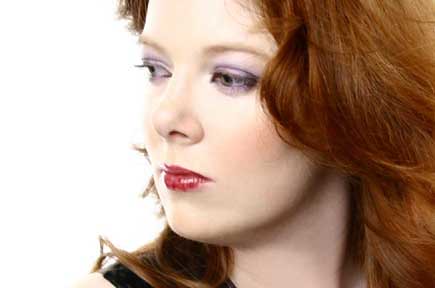Wintersmith - Terry Pratchett

Another wintery book about dark forces bringing down the cold - we need a few of those round here at the moment! This is the third of Pratchett's Tiffany Aching books, young-adult Discworld novels about a trainee witch. Like most of his recent books, the plot is what could charitably be called "recycled," meaning that, to go with the Sam Vimes Plot Format ® and the Susan Death Plot Format ®, we now have a standard Tiffany Aching Plot Format ® - Tiffany unwittingly gets involved with some brand-new supernatural forces that we've never heard of before, and with the surreptitious guidance of Granny Weatherwax has to become all responsible and witchy and sort them out; meanwhile, the Nac Mac Feegles act the part of comedy Scotsmen and drink and fight a lot. Yes, we've seen it all before, but in spite of all this, it's still an entertaining read.
Stories about trainee witches have been a staple of children's literature for a long time now - from The Worst Witch to Harry Potter, the kids can't get enough of 'em. Tiffany Aching does at least deviate from this norm in that her training doesn't involve a whole lot of magic - this is in line with the Discworld concept of witches, who generally depend on common sense and basic psychology a lot more than they do on spells. The more showy and magical aspects of witchery are generally disparaged in the books by contrasting Granny Weatherwax's common-sense style with the inferior methods of other witches, and this book is no exception - as Granny's protegé, Tiffany is unofficially pitched against the pupil of Granny's high-magic-loving rival Mrs Earwig, with the inevitable result that down-to-earth witchery wins out once more and the kids are taught the value of good, honest hard work, probably. However, by that stage, witch politics are the least of Tiffany's problems.
The Dark Morris Dance was introduced in Reaper Man as the autumn counterpart to the spring morris dances, celebrating the dying of the year and maintaining the balance between life and death. The focus has changed slightly here, and the balance is now between Winter and Summer, so when Tiffany gives in to a stupid impulse and joins the dance, the balance is upset and she becomes entangled in the complicated relationship between the Wintersmith and the Summer Lady. The Wintersmith, previously an elemental force, now finds himself trying to be human to match his dancing partner, and Tiffany, having usurped the Summer Lady's place, gains god-like powers but has no idea what to do with them. Somehow she will have to sort this out in time for spring, otherwise the snow will never stop and the world will end...
This is all an intriguing premise, but the execution is rather clumsy. Apart from the opening scene, I didn't feel that the elemental force of winter was conveyed very well at all, being tangled up with the intra-coven rivalry and bad jokes about mustard. There were too many ideas that were not developed or integrated properly, all jostling for space, particularly with the late reference to the Persephone story that seemed to be tagged on at the end, and just an excuse for the Nac Mac Feegles to do something after sitting around idly for most of the book. The character of Tiffany, too - while not quite as insufferable as Johnny Maxwell from Pratchett's other Young Adult series, she still comes across as a cipher whose purpose is to Show The Kids How To Behave Responsibly.
And yet... I still enjoyed the book. I've been buying Pratchett in hardback for about 13 years, and while the declining quality over the last few has made me consider waiting for the cheaper paperbacks, I have yet to follow through on this resolution. Regardless of the similar plots and the decreasing number of laughs, the Discworld novel factory can still keep me turning the pages.
7/10



0 Comments:
Post a Comment
<< Home